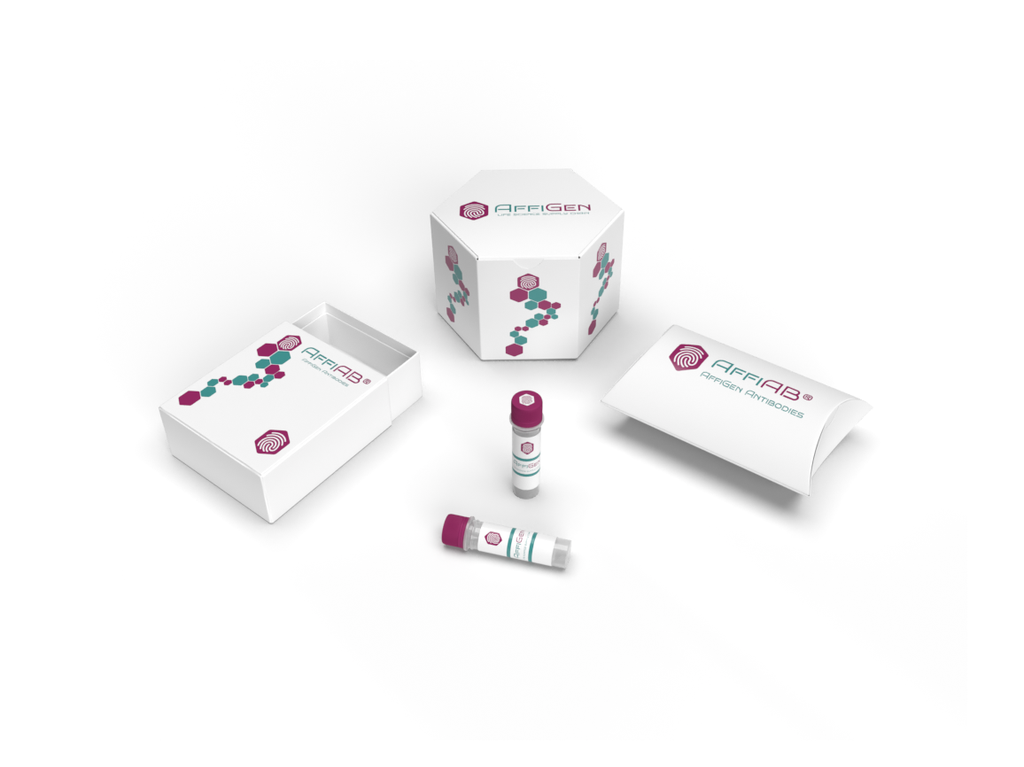AffiAB® Anti-PGBD5 Antibody
PiggyBac Transposable Element Derived 5 is an enzyme that in humans is encoded by the PGBD5 gene. The putative catalytic triad of the protein composed of three aspartic acid residues is conserved among PGBD5-like genes through evolution, and is distinct from other PiggyBac-like genes. PGBD5 has been shown to be able to transpose DNA in a sequence-specific, cut-and-paste fashion. PGBD5 has also been proposed to mediate site-specific DNA rearrangements in human tumors. Human PGBD5 can mobilize the insect PiggyBac transposons in human cell culture. In mature mice brain tissue PGBD5 is found primarily in regions of the olfactory bulb, hippocampus, and cerebellum. In embryonic mice brain tissue PGBD5 is found not only in the medial pallium and prepontine isthmus, which are embryonic brain areas that give rise to the development of the hippocampus and cerebellum but also in areas in the embryonic brain that give rise to the hypothalamus and medulla. PGBD5 is expressed in the majority of human pediatric solid tumors. It's upregulated in sporadic Creutzfeldt-Jakob disease. PGBD5 is associated with frontotemporal dementia, where it gets most expressed in neurons, followed by ogliodendrocytes, mature astrocytes, fetal astrocytes, endothelial cells and then microglia/macrophages.
Antibody type
Rabbit polyclonal Antibody
Uniprot ID
SwissProt: Q8N414 Human; SwissProt: D3YZI9 Mouse; SwissProt: D3ZSZ4 Rat
Recombinant
NO
Conjugation
Non-conjugated
Host
Rabbit
Isotype
IgG
Clone
N/A
KO/KD
N/A
Species reactivity
Human, Mouse
Tested applications
WB, IHC-P
Predicted species reactivity
Rat
Immunogen
Recombinant protein within human PGBD5 aa 270-520.
Storage
Store at +4°C after thawing. Aliquot store at -20°C. Avoid repeated freeze / thaw cycles.
Form
Liquid
Storage buffer
PBS (pH7.4) , 0.1% BSA, 40% Glycerol. Preservative: 0.05% Sodium Azide.
Concentration
2.1 mg/ml
Purity
Immunogen affinity purified.
Signal pathway
N/A
Recommended dilutions
WB: 1:1, 000
; IHC-P: 1:1, 000
Molecular Weight
Predicted band size: 58 kDa
Subcellular location
Nucleus.
Positive control
Daudi cell lysates, human lung carcinoma tissue, mouse uterus tissue.
